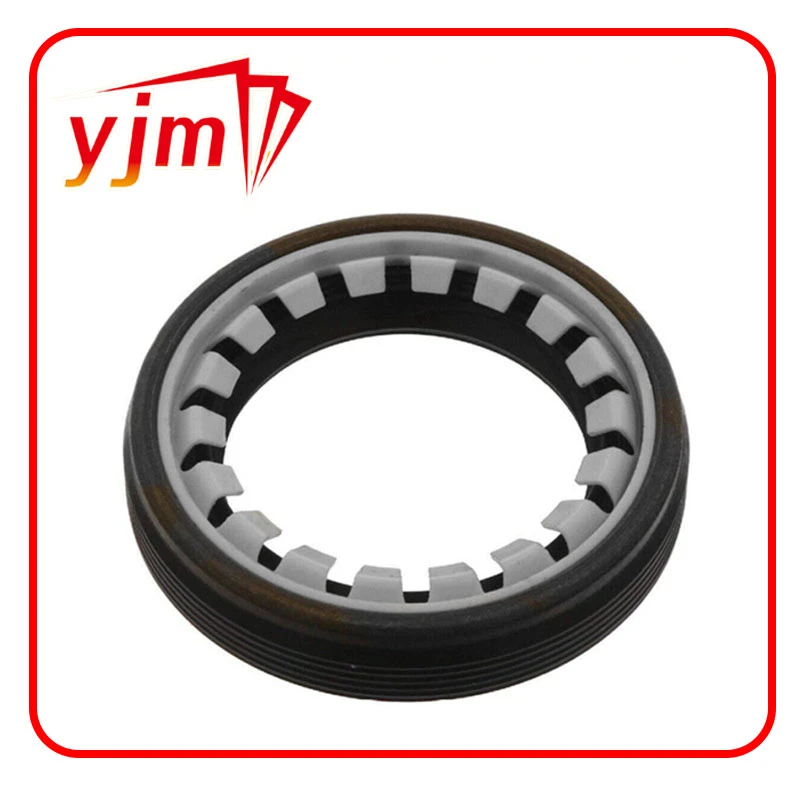Rear Crankshaft Oil Seal Replacement and Maintenance Tips for Optimal Engine Performance
Understanding Rear Crankshaft Oil Seals Importance, Function, and Replacement Tips
The rear crankshaft oil seal is a crucial component in the engine of a vehicle, primarily functioning to prevent engine oil from leaking out of the crankshaft area. Positioned at the back of the engine, where the crankshaft connects to the transmission, this seal ensures that oil remains in the crankcase, allowing for efficient lubrication of engine components. Any failure of this component can lead to significant oil loss, which, if left unaddressed, can cause severe engine damage.
Importance of the Rear Crankshaft Oil Seal
The rear crankshaft oil seal plays a vital role in maintaining the performance and longevity of an engine. It creates a barrier between the crankshaft and the engine compartment, ensuring that oil circulates properly throughout the engine. This lubrication is essential for reducing friction between moving parts, thereby preventing wear and tear. Additionally, the seal helps maintain appropriate oil pressure within the crankcase, which is vital for effective engine operation.
When the rear crankshaft oil seal fails, it can lead to several issues. The most apparent sign of a failing seal is oil leakage, which can create puddles of oil under the vehicle and reduce oil levels. If the oil level drops too low, it can lead to insufficient lubrication, resulting in increased friction, overheating, and ultimately, engine failure. Furthermore, the oil leak can attract dirt and debris, which may enter the engine and cause further damage.
Common Signs of a Failing Rear Crankshaft Oil Seal
Recognizing the signs of a failing rear crankshaft oil seal is essential for timely intervention. Here are some common symptoms to watch for
1. Oil Leaks The most visible sign is oil pooling beneath the vehicle. If you notice dark brown or black liquid under your car, it might be engine oil leaking from the rear seal.
2. Oil Pressure Warning Light If your vehicle's oil pressure warning light illuminates on the dashboard, it may indicate that the oil level is low due to a leak from the crankshaft seal.
3. Burning Oil Smell If oil leaks onto the exhaust system or hot engine components, it can create a burning smell, alerting you to a potential leak.
4. Low Engine Oil Levels Regularly checking your engine oil levels and finding them lower than expected can also be a sign of a compromised rear crankshaft oil seal.
crankshaft oil seal rear

Replacement of the Rear Crankshaft Oil Seal
If you suspect that your rear crankshaft oil seal is failing, it is crucial to address the issue promptly. Ignoring a leaking seal can lead to more extensive and expensive repairs down the road.
DIY Replacement Steps 1. Prepare the Vehicle Park the vehicle on a level surface and disconnect the battery. Lift the vehicle using jack stands to access the engine’s underside.
2. Remove the Transmission In most cases, replacing the rear crankshaft oil seal requires you to remove the transmission. This can be a complex process, so make sure you have the appropriate tools and knowledge or consult a professional.
3. Access the Crankshaft Once the transmission is removed, locate the rear crankshaft oil seal. It is usually held in place by a retaining ring or pressed into the block.
4. Install the New Seal Carefully remove the old seal and clean the mounting area. With the proper tools, install the new seal, ensuring it fits snugly in place.
5. Reassemble Reinstall the transmission and any other components removed during the process, then reconnect the battery.
6. Check for Leaks Once everything is reassembled, start the engine and inspect the area for leaks while monitoring oil levels.
Conclusion
The rear crankshaft oil seal may be a small component, but its importance in the overall functionality of an engine cannot be understated. Regular maintenance, including oil checks and timely addressing of any leakage, can prevent significant engine damage and prolong the lifespan of your vehicle. If you’re not comfortable with DIY repairs, seeking professional assistance is always advisable. Keeping your engine well-lubricated and free of oil leaks will ensure a smoother and more reliable driving experience.
-
Understanding the Front Main Engine Seal: Purpose, Maintenance, and Installation
News Jul.29,2025
-
Understanding O-Rings and Seal Rings: Types, Applications, and Custom Solutions
News Jul.29,2025
-
Understanding Crankshaft Oil Seals: Rear Seals, Pulley Seals, and Their Role in Engine Integrity
News Jul.29,2025
-
The Importance of Front and Rear Crankshaft Seals in Engine Performance and Oil Management
News Jul.29,2025
-
Crank Oil Seals: Functions, Types, and Cost Considerations in Engine Maintenance
News Jul.29,2025
-
A Comprehensive Guide to O-Rings and Seals: Types, Materials, and Global Applications
News Jul.29,2025
-
Mastering Diesel and Performance Engine Maintenance: A Guide to Critical Oil Gaskets
News Jul.28,2025
Products categories















